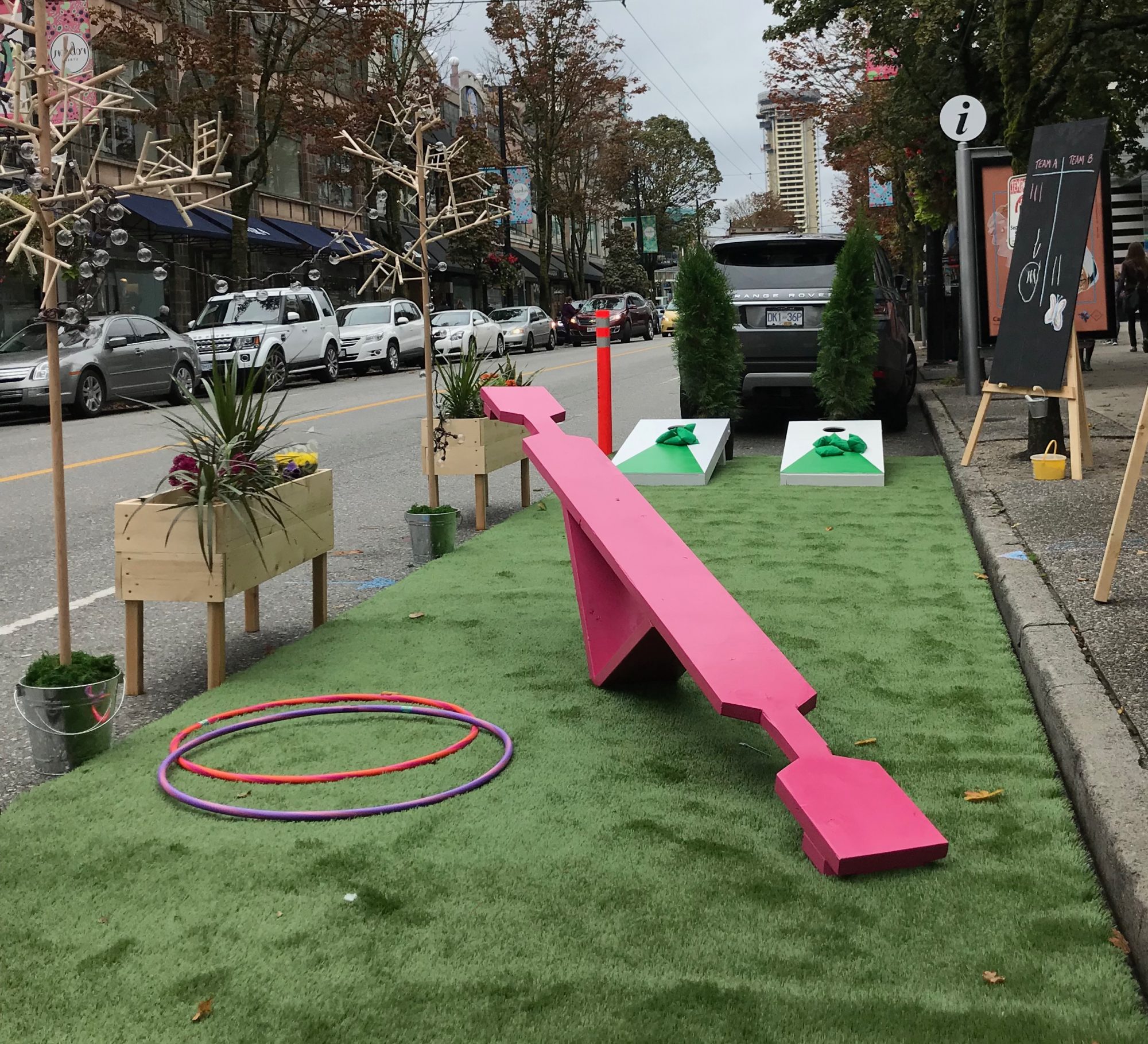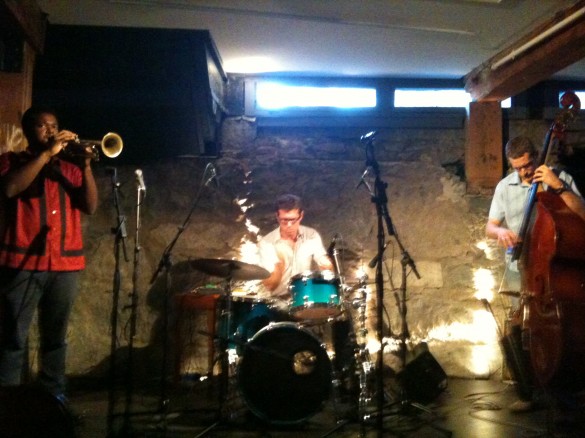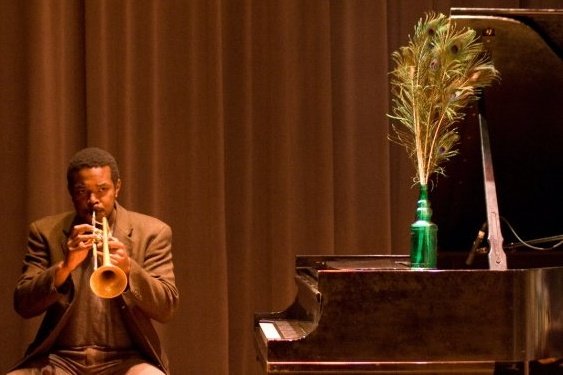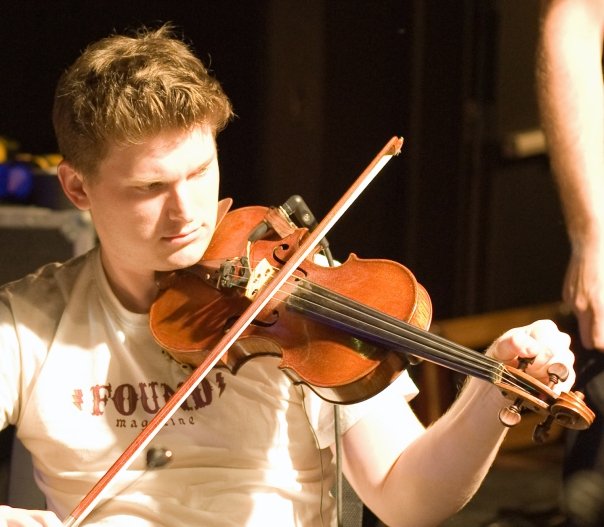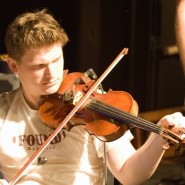Janet is our number one.
When you start on a project like this, there are certain milestones and markers you find yourself looking forward to and contemplating: The first confirmed performer, the first signed contract (for anything!), the first poster, the series name, the logo and the first ticket.
The tickets are particularly important for us.
And that’s for a lot of obvious reasons, but also because while our home base is in Vancouver, right now Atrux is kind of spread out. We’re in Calgary and Japan and LA and Toronto. But beyond that, while we’ve known each other for years, hanging out over coffee and hanging out over budgets and potential concert programs is a bit different. So I decided we needed a project to do together, something that might seem a bit crazy, possibly irrelevant, but integral none the less. And well, there was one obvious choice:
Tickets. 400 of them to be exact. Hand printed (or written) by each member of the A-Team and our “extended family”.
Actually, maybe the term ‘ticket’ isn’t right. Maybe it’s more like an invitation. These hand written declarations bold enough to say; I want to see you. In March, April, June and July.
Perhaps it’s naïve to think that the more time we put into making these tickets, the more we have invested in each one, the more we’ll be focused on making sure that they end up in the right hands. Nadim and I did the first tickets over brunch at Bons, and I remember him musing out loud over whom they would end up with.
Because as much as we are looking for an audience, we’re also looking for participants; people who want to listen and ask questions and quiz Douglas on his tuning ratios and hang out after the last notes have faded and talk about how we can get better.
That’s a lot of expectations on both sides. So perhaps it’s understandable that there was a lot of pressure on that first pair of tickets, on who was going to be our number one.
Then I met Janet.
It was on a random sunny February Sunday, outside the CBC, waiting in line for a chance to take in a recording session of the Current. She had seen “The Blue Dragon” a couple of nights before and we started talking about art and Vancouver, and I inevitably started talking about Atrux and the shows. And then she asked me how she could get tickets.
Though I had visions of going for coffee with Anna Maria Tremonti and casually brining up the concert series, wondering aloud if she may have a CBC colleague that would like a ticket, listening to Janet talk about VanCity and her daughter and her experiences with art, it was quickly obvious that if I was handing out invitations to a party…
Well, she was someone I wanted at mine.
So Janet is our first ticketholder, first almost audience member and giant to-do list item crossed off. She is also a great reminder that you can find the right answers anywhere and the decision to spend a day hanging out at the CBC is always a good one.
So March 26th, I’m hoping I can continue my conversation with Janet, only this time we’ll get a chance to talk about Atrux and Gridlock and stage setups and atmosphere and program order and audience interaction. And maybe we’ll do it over a beer instead of CBC coffee.
Now about the other 99…

